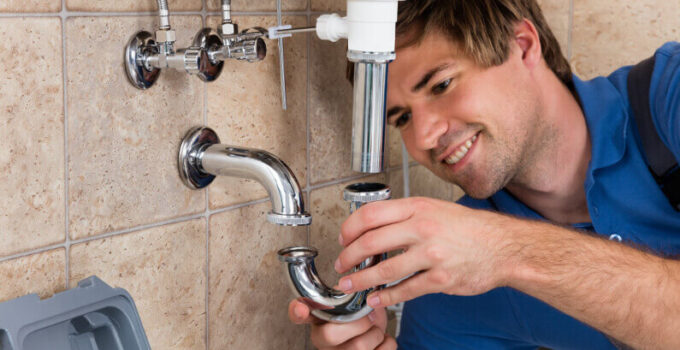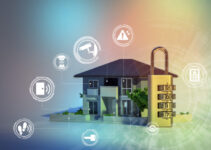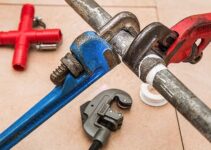When you purchased your home, you were most likely excited to finally have a place of your own. And while owning a home comes with plenty of benefits, it also comes with its fair share of responsibilities.
One of the most important — and often overlooked — responsibilities of homeownership is plumbing maintenance.
If you’re not sure where to start, don’t worry! This blog post will provide you with all the information you need to know about plumbing do’s and don’ts for homeowners.
Continue reading to learn more.
Once you’re done learning about the do’s and don’ts of plumbing, you can visit this page if you’d like to learn about commercial sewer cleaning.
Page Contents
Do know where your shut-off valves are in case of a plumbing emergency
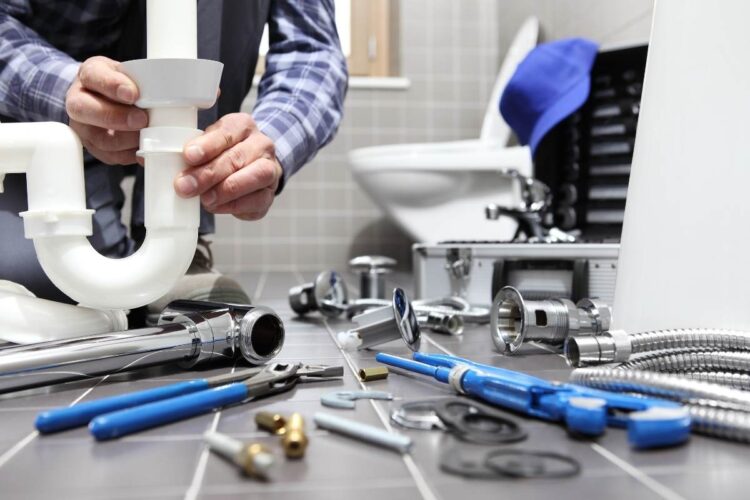
Source: homewaresinsider.com
A plumbing emergency can strike at any time, often without warning. That’s why it’s invaluable to know where your home’s shut-off valves are located. If one of the pipes in your home suddenly bursts, you’ll need to be able to swiftly turn off the water to prevent further damage.
Here’s a quick overview of the most common shut-off valves:
- Main water shut-off valve: This valve is typically located near the water meter or main water supply line. It has control over the flow of water into your home and should be turned off if you suspect issues with the main line.
- Fixture shut-off valves: These valves are located on each plumbing fixture, such as sinks, toilets, and showers. They allow you to turn off the water flow to a specific fixture without affecting the rest of your home’s plumbing.
- Appliance shut-off valves: Many appliances, such as washing machines and dishwashers, have their own dedicated shut-off valves. These valves are usually located behind the appliance and can be used to turn off the water supply in case of a leak.
Don’t run your water while you brush your teeth – it wastes water and can increase your water bill
On average, Americans use up to four gallons of water every time they brush their teeth. That adds up to a lot of water wasted every day, particularly considering that many people leave the water running while they brush.
Not only is this bad for the environment, but it can also end up costing you money on your water bill. So next time you go to brush your teeth, make sure to turn the water off while you scrub. The contents of your wallet (and Mother Nature) will thank you for adjusting your water usage.
Do flush only toilet paper down the toilet – other things can clog up the pipes
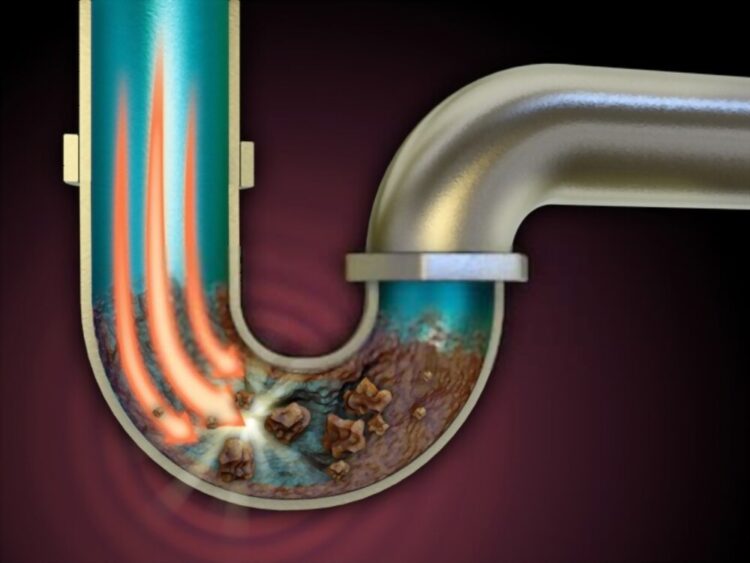
Source: baylorinc.com
Toilets are designed to dispose of human waste and toilet paper. However, some people flush other things down the toilet, which can cause problems. These items include:
- Sanitary products
- Cotton balls and swabs
- Hair
- Paper towels and tissues
- Baby wipes
- Dental floss
These items can clog up the pipes and cause a backup in your plumbing. In addition, they can be difficult and expensive to remove once they’ve clogged the system
Don’t pour grease down the drain
As tempting as it may be to pour that extra grease down the drain, it’s best to resist the urge. Over time, grease will harden and create clogs that can be difficult (and expensive) to remove. Not to mention, clogged drains can lead to unwelcome flooding in your home.
So instead of dumping grease down the drain, let it cool and solidify, then dispose of it in the trash.
Do use strainers in your sinks and tubs to catch hair and other debris before it goes down the drain
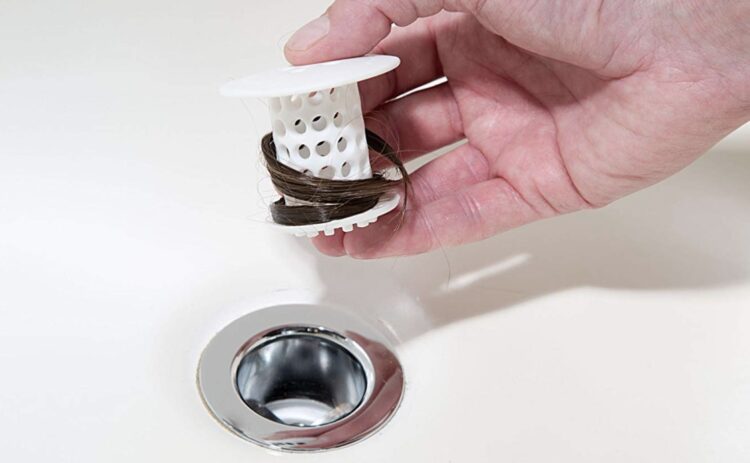
Source: kingandqueenapts.com
While strainers may seem like an unnecessary extra step in your daily routine, they can actually help you save time and money over time. By catching strands of long hair and other debris before it goes down the drain, strainers help to prevent clogs from forming.
As a result, you’ll be less likely to need to call a plumber to clear your pipes. In addition, using a strainer can help to extend the life of your drains by preventing build-up from accumulating.
Don’t put anything else besides cold water in your dishwasher – hot water can damage dishes and appliances
While it may seem like hot water would be more effective at cleaning dishes, using cold water in your dishwasher is actually the best way to go.
Hot water can damage both your dishes and your dishwasher itself. Dishes can crack and become warped if exposed to too much heat, and over time, the high temperatures can break down the finish on ceramic and glassware.
As for your dishwasher, hot water can cause the metal components to expand and break. In contrast, cold water is gentle on both dishes and appliances, and it can save you money on your energy bill as well.
Do know How to Fix a Leak
Leaking water can be a frustrating problem for homeowners, especially if it is happening in multiple places in the home. Here are some tips on how to fix a leak:
- Check all of the faucets and pipes for leaks. A common source of water leaks is between the faucet and the pipe it is connected to. Tighten any loose connections and check for kinks or cracks in the pipe.
- Repair or replace any broken pipes or seals. If a pipe has been damaged, you may need to replace it entirely. However, if just a seal has failed, you can fix it by replacing the rubber gasket and/or applying silicone sealant.
- Disable the water shutoff valves near the leaky area and turn on all of the faucets in that area until you find the source of the leak. Turn off all of the faucets once you have located the leaky section of the pipe. Try using a plunger to clear clogs from inside the pipe or use a snake to remove obstructions from outside of the pipe. If using a snake, be sure to use caution not to get any electrical wiring wet!
- Call an experienced plumber to repair or replace your leaking pipes and start saving water today!
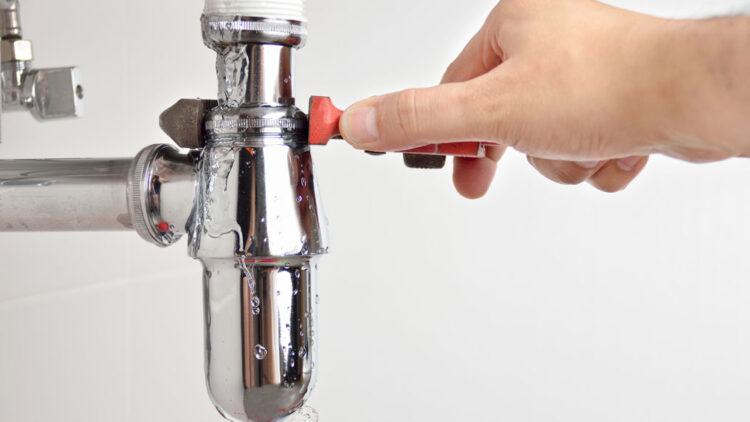
Source: directline.com
Conclusion
If you’re a homeowner, it’s important to be aware of the dos and don’ts of plumbing.
For more information on proper plumbing maintenance, contact your local plumbing service provider.

